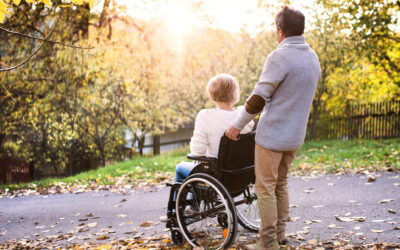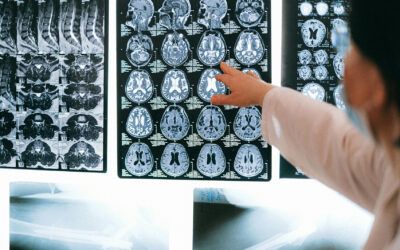Premises Liability Claims for Falls and Construction-Related Traumatic Brain Injuries
Have you or a loved one suffered a TBI due to a dangerous condition or property? Learn about your legal rights.
Want to learn more about navigating insurance claims related to traumatic brain injuries?
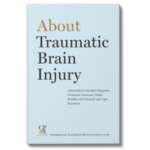
When a dangerous condition or property causes an injury, there is a potential premises liability claim. Property insurance policies, including homeowners and commercial general liability insurance, can provide substantial financial compensation for these injuries. There may even be excess or umbrella insurance policies that provide additional coverage. Our law firm has successfully represented many clients who were severely injured by dangerous conditions on the property and construction job sites that caused TBI and other catastrophic injuries.

Property owners, managers, tenants, architects, engineers, contractors, and others in control of the property or responsible for the dangerous condition have insurance that will pay for settlements and verdicts for civil claims, provided that the facts meet the required legal standards. That insurance can be a substantial financial resource if a recovery can be made.
When someone falls or has another injury on the premises and sustains a severe injury, there is no guarantee that they will win at trial or be able to settle a claim out of court. Each state has its own tort law. The law of each of the fifty states applies to premises liability claims in each state. State statutes, court rules and prior case decisions establish the requirements in each state. Generally, however, most states require the injured party to prove that those in control of the property or those that created the dangerous condition on the property had a duty to make and keep the property safe, that there was a dangerous condition on the property, that those in control of the property had notice of dangerous condition before the incident, and that the dangerous condition caused the personal injury. The injured party bears the burden of proving each element of the claim for the lawsuit to be successful.
Some examples of cases where our firm represented individuals who sustained a TBI due to dangerous conditions on the premises or construction job sites underscore the importance of thorough investigation in these cases.
Fall Related Traumatic Brain Injury Claims
We have successfully represented clients in many types of premises liability cases where the negligent conditions of the property (commercial and residential) caused injuries, including:
- Slips and Falls on Wet Floors: Injuries from slipping on spills or wet surfaces.
- Falls on Ice-Covered Sidewalks, Parking Lots, and Walkways: Injuries from falls on ice which should have been removed.
- Trips and Falls on Uneven Surfaces: Injuries from tripping over cracks in sidewalks or uneven flooring.
- Falls from Ladders: Injuries while using ladders.
- Falls from Stairs: Injuries due to slipping or tripping on stairs, including those where handrails are missing or damaged and where the condition of the stairs was poor.
- Falls from Elevated Surfaces: Injuries due to falling from elevators, escalators, work platforms, or balconies due to inadequate guardrails.
- Falls Due to Poor Lighting: Injuries occurring in poorly lit areas where hazards are not easily visible.
Construction Accident TBI Claims
We have successfully represented construction workers involving negligence which caused construction sites injuries, including:
- Falls from Heights: Injuries from falling from roofs or elevated platforms.
- Falls into Holes or Trench Collapses: Injuries from falling into unmarked or poorly covered holes or injuries from work trenches collapsing upon workers.
- Falls from Ladders and Scaffolding: Injuries due to improper use or unstable ladders and unsafe scaffolds.
- Slips on Construction Materials: Injuries due to workers slipping on loose materials like gravel, sand, or debris.
- Falls from Equipment: Injuries from falling off machinery or vehicles (including man-lifts, cherry pickers, and order pickers)
- Falls Due to Lack of Personal Protective Equipment (PPE): Injuries occurring when workers are not using fall protection gear.
- Falls in Weather Conditions: Slip-and-fall injuries when conditions on the job site or location are wet or icy or when windy conditions affect balance and stability.
Need help investigating your legal rights related to a traumatic brain injury?
Speak to an experienced brain injury attorney team like Cohen, Placitella & Roth.
For five decades, CPR has successfully represented individuals and families in TBI cases nationwide working with qualified co-counsel.
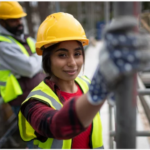
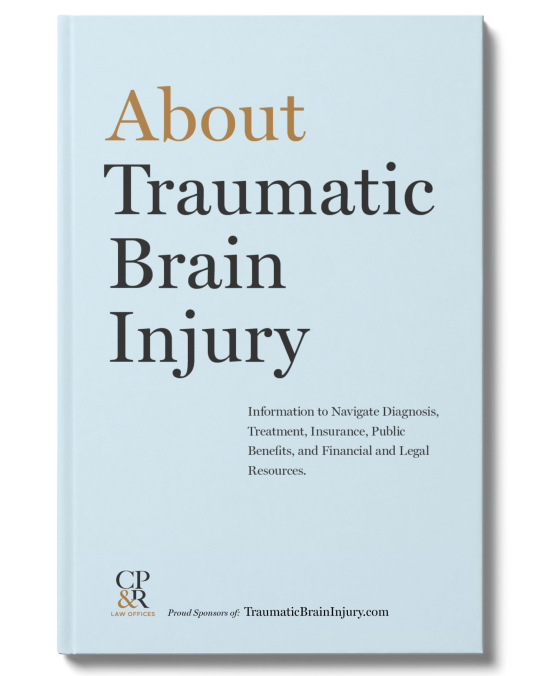
Get Our Free Traumatic Brain Injury Book
To learn more about Traumatic Brain Injury request our comprehensive book, available for free directly to your inbox

